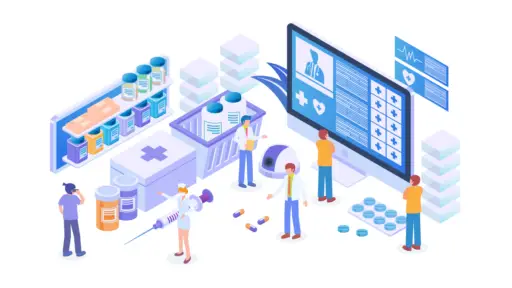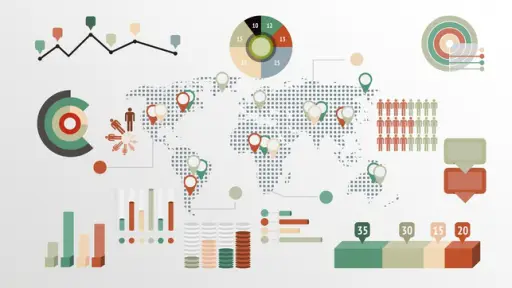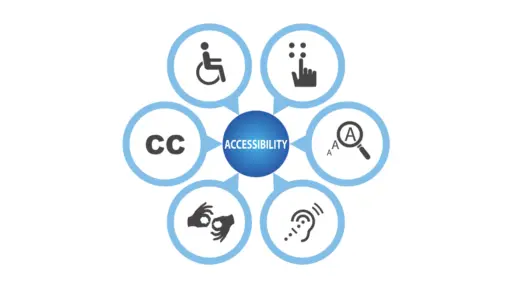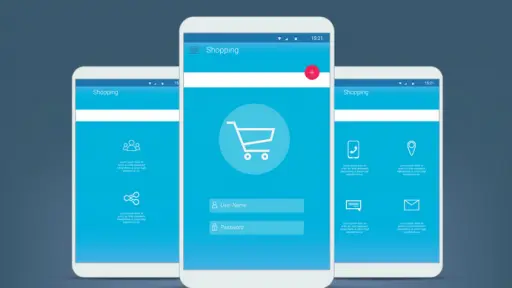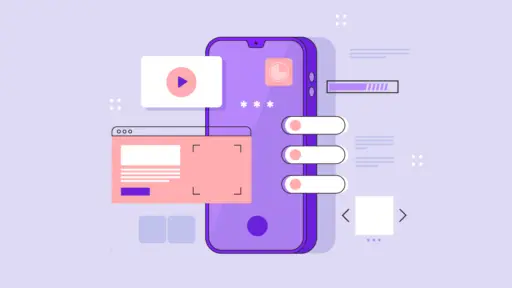CX, Digital Strategy, eCommerce, UX Design
Experience Is the Key to Success in Any Digital Industry
In today’s hyper-competitive and AI-driven market, organizations across industries strive to earn and retain long-term customer relationships. But many still fall into the trap of creating short-term, transactional engagements. The...



